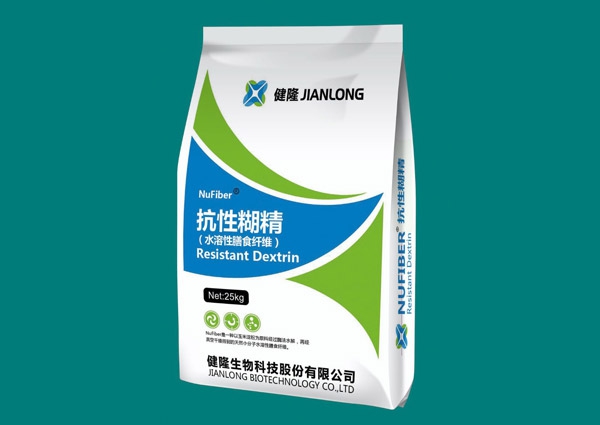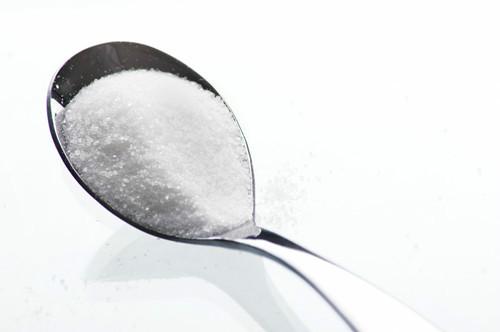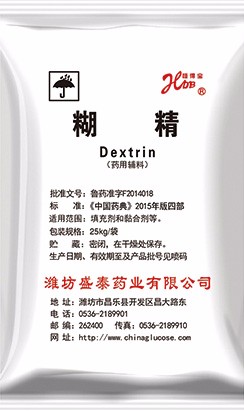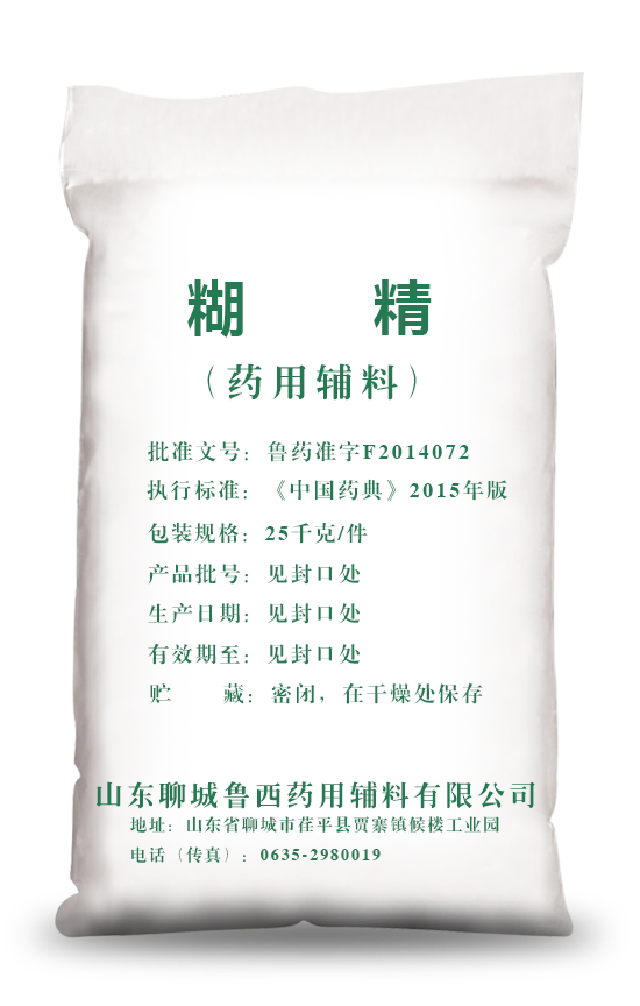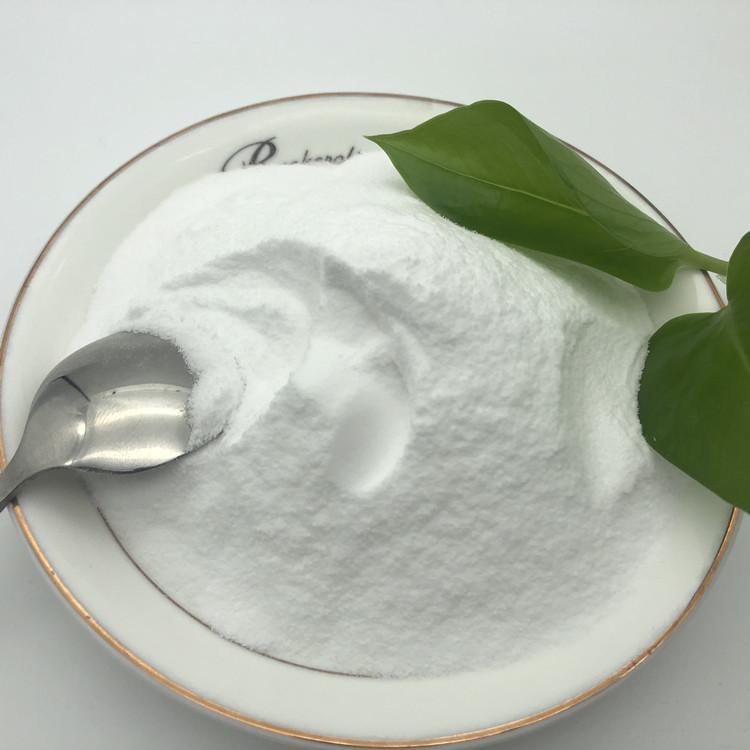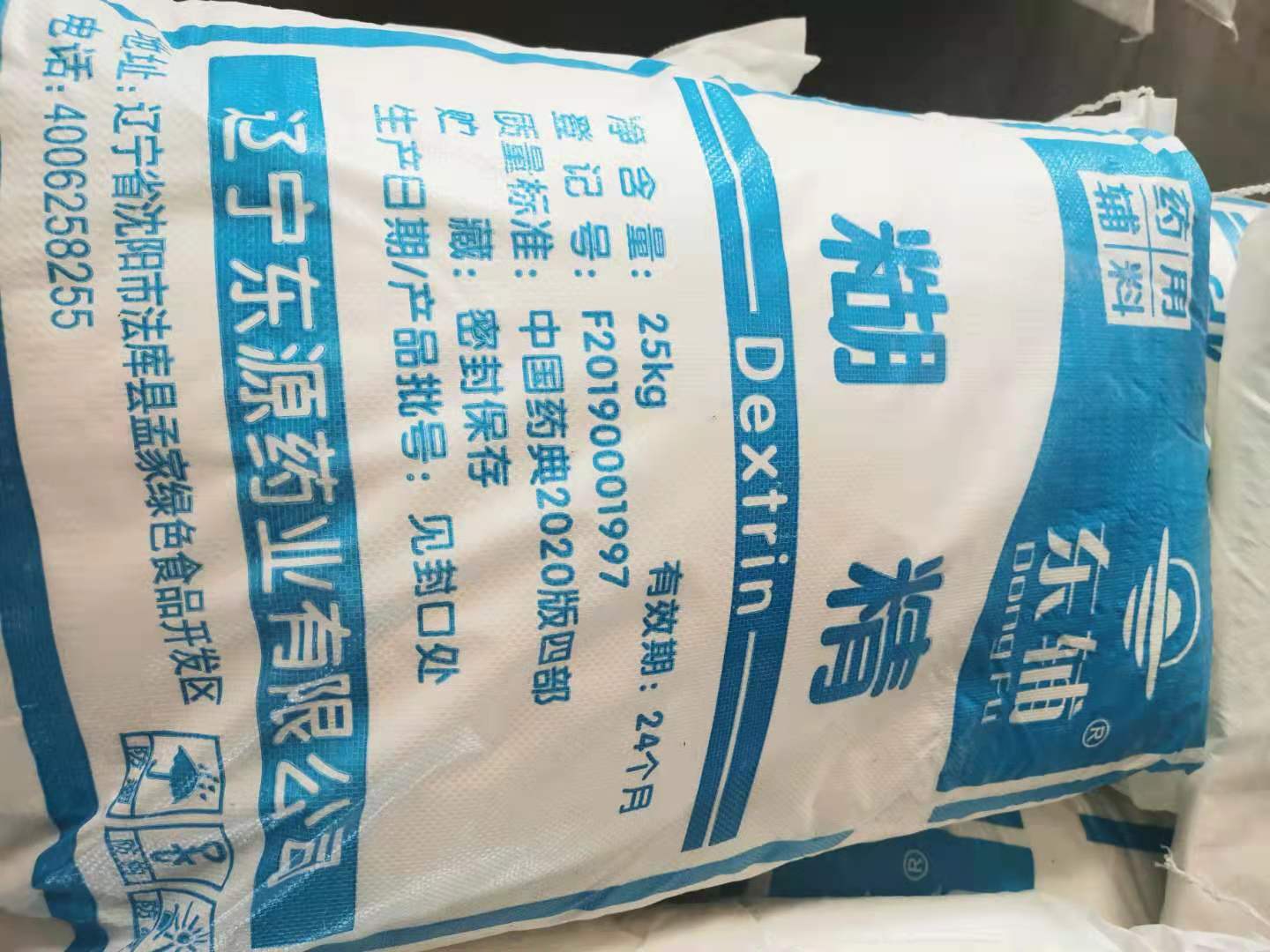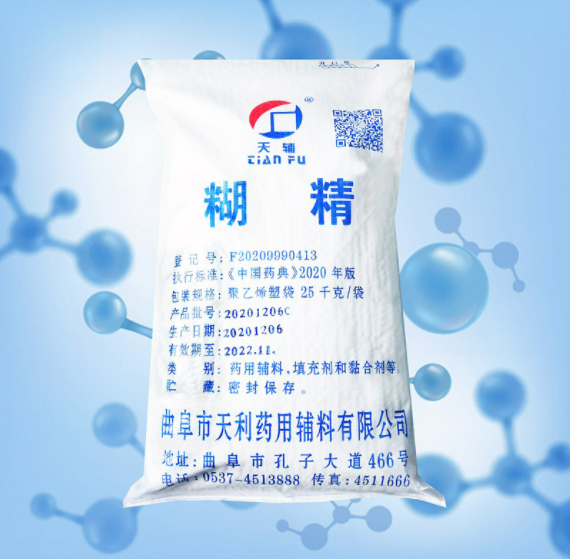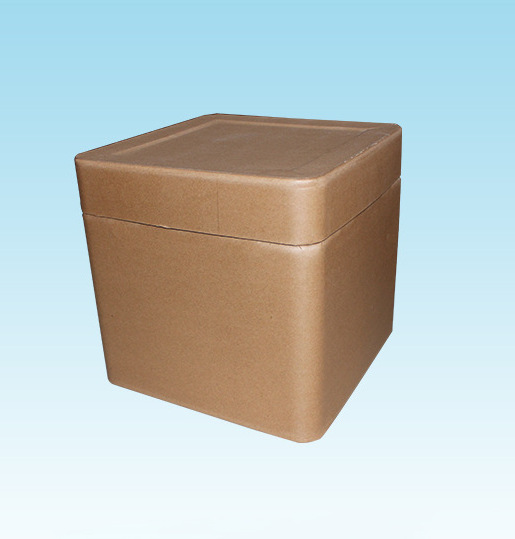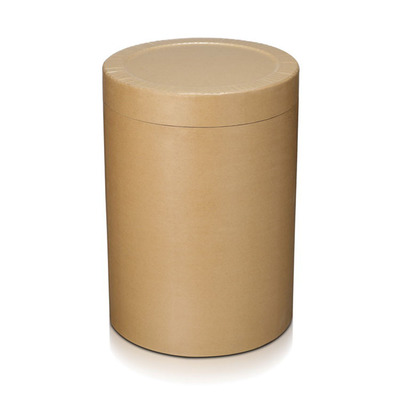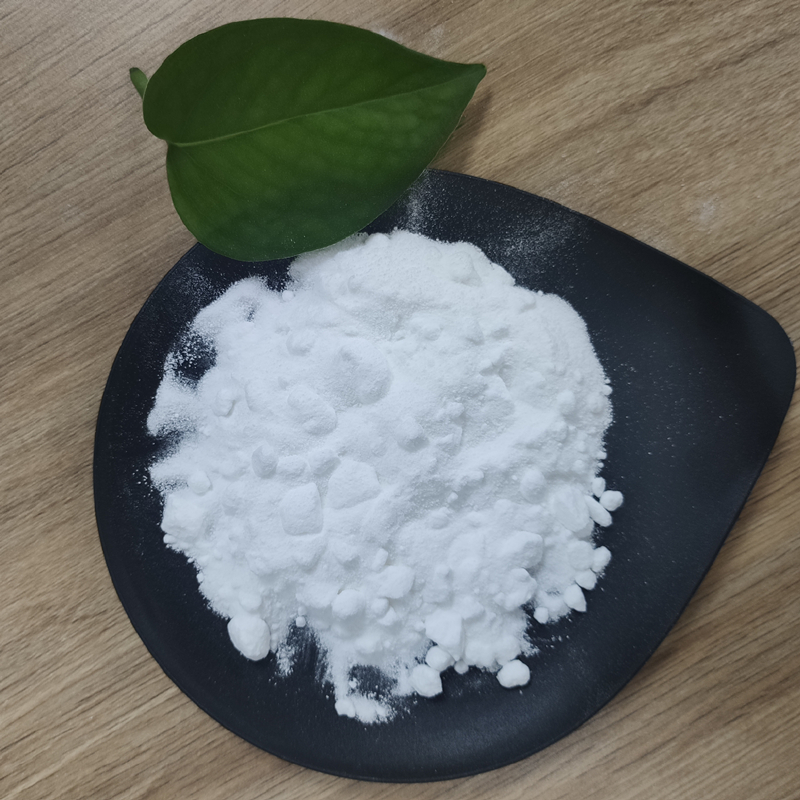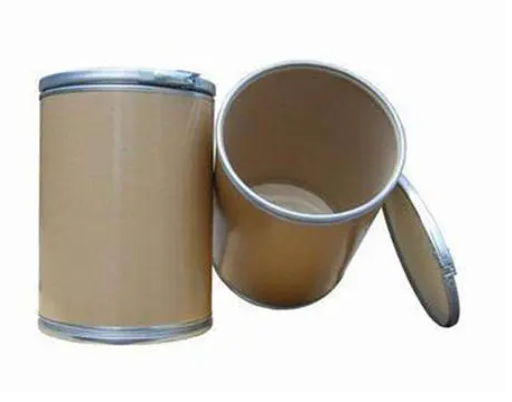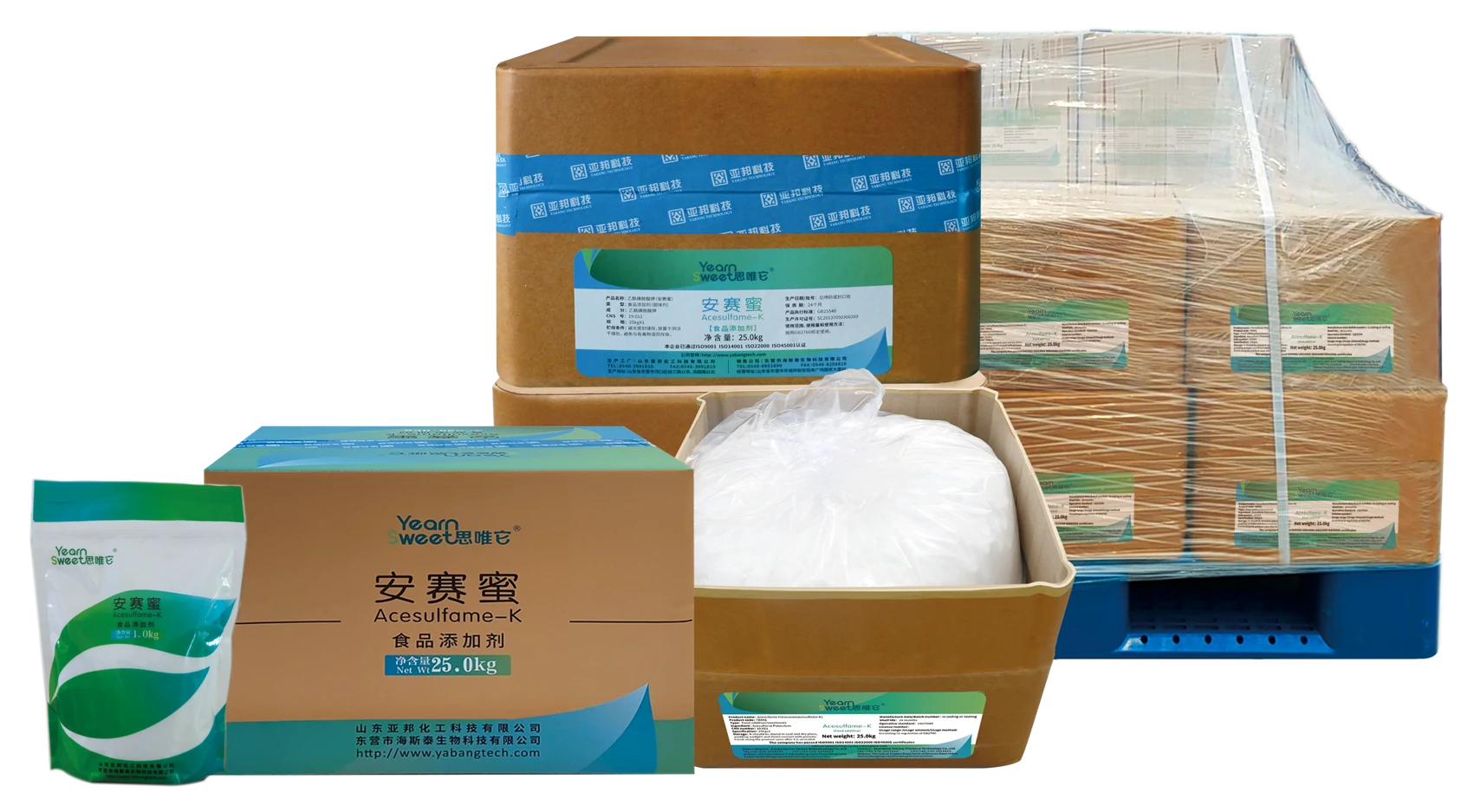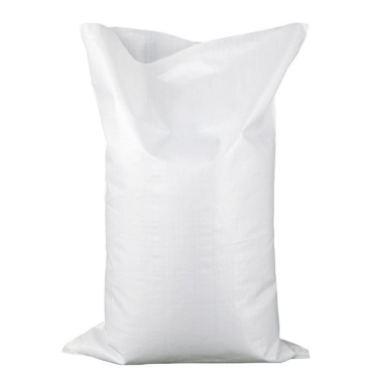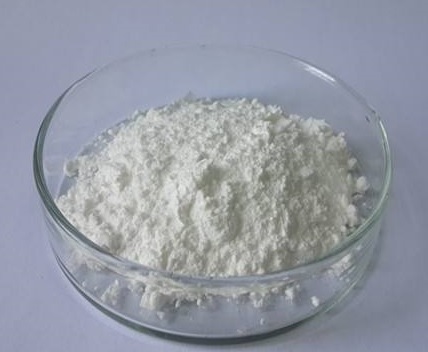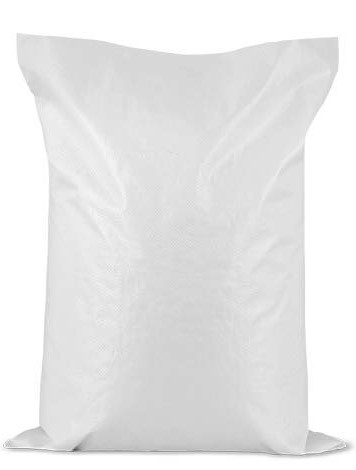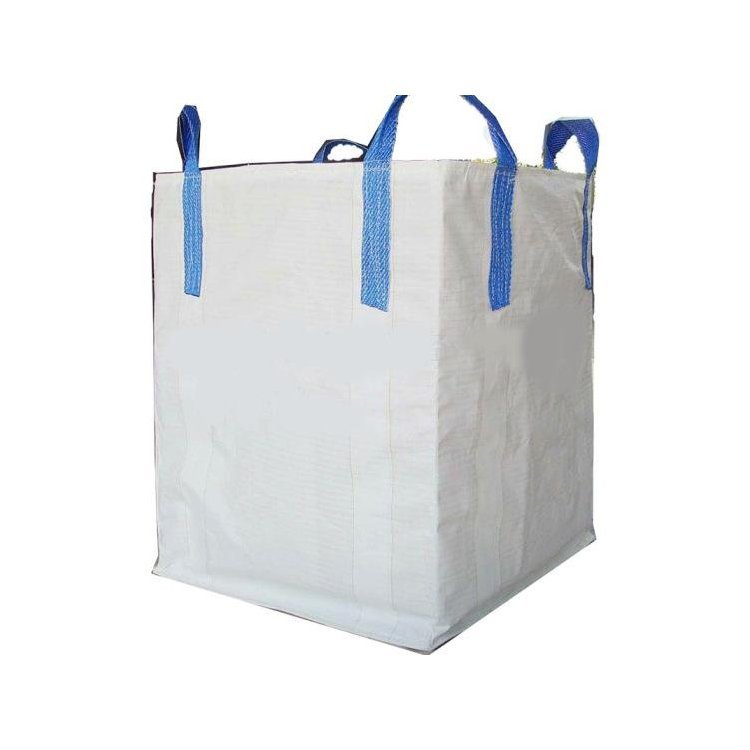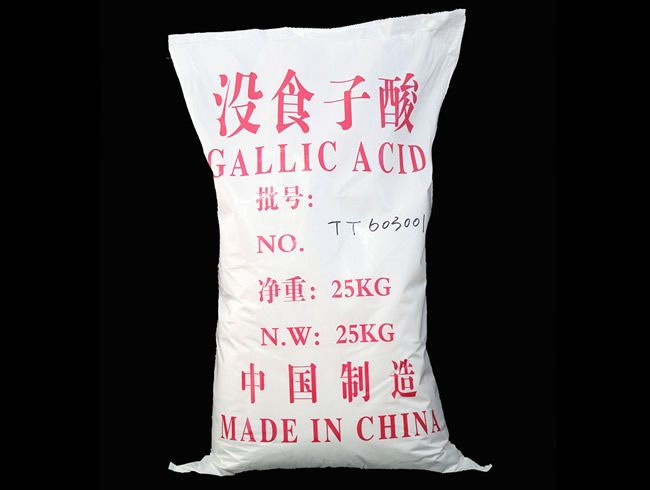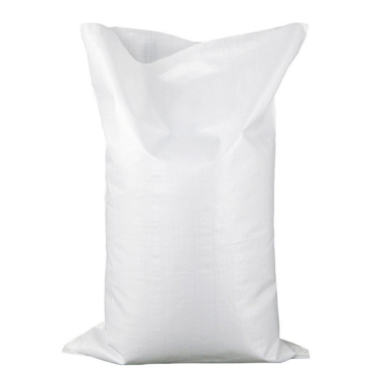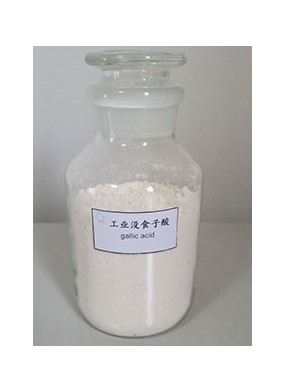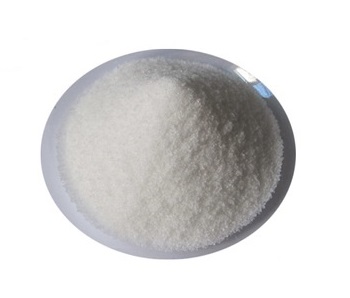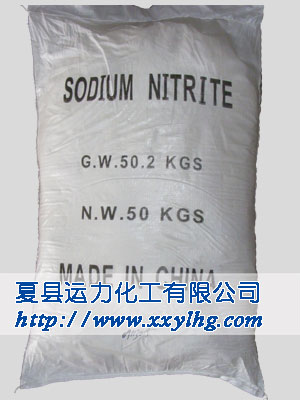API & Intermediate
Pharmaceutical Raw Materials
Veterinary API
Antiallergic Drugs
Hormones and Endocrine Drugs
Drug Metabolism
Pharmaceutical Intermediates
Synthetic Anti Infective Drugs
Specialty Drugs
Vitamins and Minerals Medicines
Feed Drug Additive
Antineoplastic Agents
Nervous System Drugs
Respiratory Drugs
Diagnostic Agents
Anti Stress Drugs
Antipyretic Analgesics
Antiparasitic Drugs
Circulatory System Drugs
Biochemicals
Blood System Drugs
Immune System Medication
Pharmaceutical Excipients
Fluid, Electrolyte, and Acid-Base Balance
Urinary System Drugs
Antibiotics
Anesthetic Agents
Inhibitors
Other Chemical Drugs
Digestive System Drugs
Find
76
related chemicals for you
CAS:9004-53-9
Molecular Formula:C18H32O16
Alias
More Information
Dextrin Hydrate; Dextrin N-Hydrate; Dextrin From Potato Starch, For Microbio Logy; Dextrin Type Iv From Potato; Dextrin From Potato Starch, For Bio-Tech N. Purposes; Dextrin Type Iii From Corn; Dextrinewhite; Dextrin, Precipitated By Alcohol
Brief Introduction
Dextrin is widely used as adhesive in medicine, food, papermaking, casting, wallpaper, label, stamp, adhesive tape, etc. When making tablet adhesive, it needs rapid drying, rapid dispersion, rapid bonding and rewetting solubility. White dextrin or low viscosity yellow dextrin products can be selected. When used as adhesive for labels and stamps, it needs high viscosity and the formed film has strong toughness. It is suitable to use white dextrin or British glue. Dextrin can be used as printing paste in textile printing and dyeing.
Suppliers
View More Vendors (7) >
CAS:55589-62-3
Molecular Formula:C4H4KNO4S
Alias
More Information
Acesulphame-K; Ace-K; Acesulfame-K; Acesulfame Potassium; Potassiumacesulfame; Ace-Suhl-Faym; Sweet One; Acesulfaml-K; Sunette; AK Sugar; 6-Methyl-1,2,3-Oxathiazin-4(3H)-One 2,2-Dioxide Potassium Salt; Acesulfame
Brief Introduction
Acesulfame is the fourth generation of synthetic sweetener. It has a certain bitter taste when used alone, and has synergistic effect when mixed with aspartame or cyclamate, and can cover up the bitter taste. After being taken to the human body, it is not absorbed and does not generate heat. It is suitable for people with diabetes and obesity. In China, it can be used for pastry, jam (excluding canned), pickles, candy, preserves, drinks, ice cream and gummy sugar, with the maximum dosage of 0.3g/kg; It can also be used as table sweetener (flake or powder), 40mg per tablet or packet.
Suppliers
View More Vendors (6) >
CAS:7558-79-4
Molecular Formula:HNa2O4P
Alias
More Information
Sodium Hydrogen Phosphate; Disodium Hydrogen Phosphate; Sodium Phosphate,Dibasic; Disodium Orthophosphate; Di-Sodium Hydrogen Orthophosphate; Di-Sodium Hydrogenphosphate; Disodium Monohydrogen Orthophoshate; Disodium Monohydrogen Phosphate; Hydrogeno Phosphate de Sodium; HydrogéNophosphate de Sodium; 7558_79_4
Brief Introduction
This product is used as industrial water treatment agent, printing and dyeing detergent, quality improver, antibiotic culture agent, biochemical treatment agent, etc. It is used as analytical reagent, buffer, water softener and fireproof agent in printing and dyeing industry. It is also used for fabric weight gain.
Suppliers
View More Vendors (5) >
CAS:149-91-7
Molecular Formula:C7H6O5
Alias
More Information
3,4,5-Trihydroxybenzoic acid; 3,4,5-Trioxybenzoic Acid; Gallic acid Anhydrous; Gallic; 3,4,5-Trihydroxybenzenoic Acid; Kyselinagallova; Gallussaure; Benzoic acid, 3,4,5-Trihydroxy-; Graphitic acid; Graphite Oxide; Galloyl Alcohol
Brief Introduction
Gallic acid has many uses in pharmacy, ink, dye, food, light industry and organic synthesis. Gallic acid and ferric ion form blue black precipitate, which is the raw material of blue black ink; It is also used in leather industry; It can also be used as photographic developer. Propyl gallate as antioxidant can be used in edible oil to prevent odor deterioration. In medicine, gallic acid is a hemostatic astringent and a local stimulant of mild chemical book. Application: it has antibacterial effect and can treat bacillary dysentery. It has the functions of astringency, hemostasis and antidiarrhea. It can be used as preservative. It can prepare pyrogallic acid, medicine, ink, mordant dye and explosion-proof agent. It is also used as a developer and analytical reagent for the detection of free inorganic acids, dihydroxyacetone, alkaloids and metals. It can be used as preservative, medium dye and explosion-proof agent.
Suppliers
View More Vendors (5) >
广州顺彤医药科技有限公司
Ferment
/
-
CAS:7632-00-0
Molecular Formula:NaNO2
Alias
More Information
Brief Introduction
It can be used as common analytical reagent, oxidant and diazotization reagent, and also for the synthesis of nitrite and nitroso compounds.
It can be used as mordant, bleaching agent, metal heat treatment agent, electroplating corrosion inhibitor, medical instrument disinfectant, preservative, etc.
Suppliers
View More Vendors (4) >
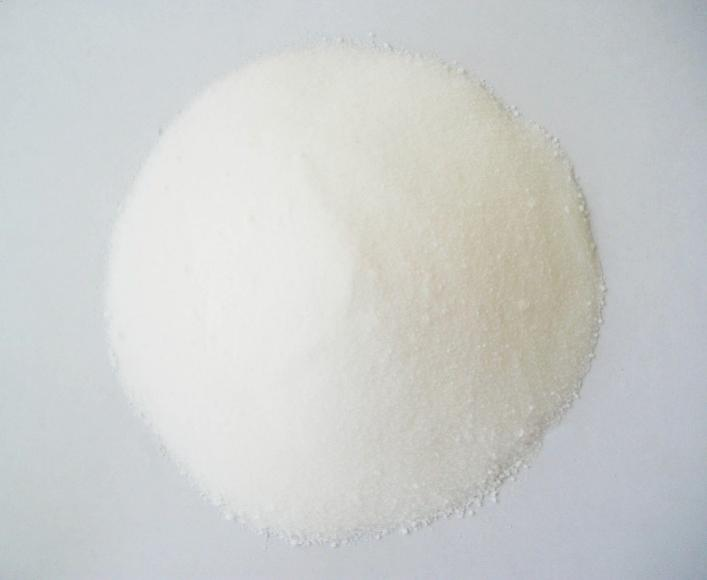
Industrial grade sodium nitrite: ≥ 99.3% (high-purity grade); 98.5% (dry powder grade); 98.0% (qualified level)
/
Tech Grade
25kg
/
Woven Bag
Inquiry (
10
/ 10
)
Clear All
You can inquire for up to 10 products at a time
Sign In
Error!

